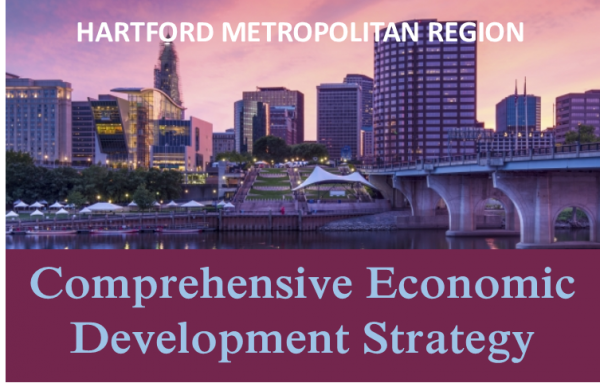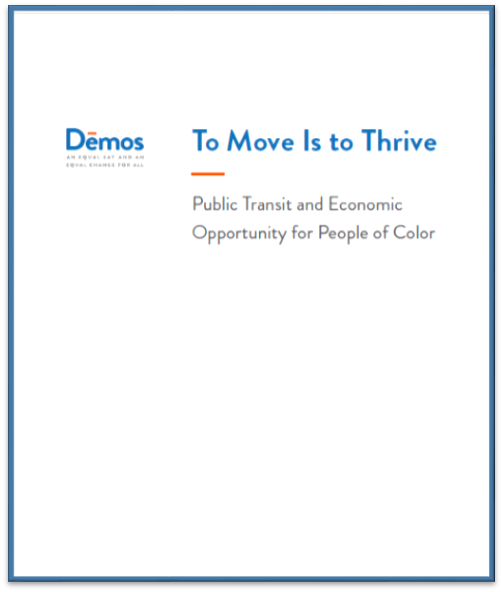Museums Have Significant Impact on State, National Economy, Report Concludes
/Museums in Connecticut had a one-year total financial impact on Connecticut’s economy of $834 million, providing $556 million in income via wages and other income to state residents, generating $223.5 million in taxes (including $77.5 million in state and local taxes), and supporting just over 10,200 jobs – including 5,400 direct jobs, 1,877 indirect jobs and nearly 3,000 induced jobs.
The data was compiled as part of a national report, Museums as Economic Engines, compiled the Alliance of American Museums. The report indicates that nationwide, museums support 726,000 jobs in the United States, and directly employ 372,100 people, more than double that of the professional sports industry, according to the Bureau of Labor Statistics, the Alliance points out.
The study, conducted by Oxford Economics with the support of the Andrew W. Mellon Foundation, shows that for every $100 of economic activity created by museums, an additional $220 is created in other sectors of the US economy as a result of supply chain and employee expenditure impacts, according to the report. The data analyzed was from calendar year 2016, the most recent full year of data available.
These impacts mean that museums contribute approximately $50 billion to the US economy each year, a number that’s more than twice previous estimates, according to the Alliance. The report is also the first to show that US museums generate more than $12 billion per year in tax revenue to federal, state, and local governments.
 The report estimated that there are 372,100 museum workers employed in the US along with 3 million volunteers. It also indicated that 89 percent of Americans believe that museums provide important economic impacts back to their communities, according to a public opinion survey conducted in 2017.
The report estimated that there are 372,100 museum workers employed in the US along with 3 million volunteers. It also indicated that 89 percent of Americans believe that museums provide important economic impacts back to their communities, according to a public opinion survey conducted in 2017.
Nationally, the museum field’s largest economic impact is on the leisure and hospitality industry (approximately $17 billion), but it also generates approximately $12 billion in the financial activities sector and approximately $3 billion each in the education/health services and manufacturing sectors.
The top 10 states driving this impact are geographically diverse and account for 57 percent of the gross value added to the national economy. States with the highest economic impact from the museum sector included California ($6.6 billion), New York ($5.4 billion), and Texas ($3.9 billion). However, those that rely most heavily on museums due to their relatively higher concentration, the report indicated, include the District of Columbia, Hawaii, Wyoming, and Alaska.
In breaking down the jobs impact of museums, direct impact refers to direct employment and spending by the industry’s business operations; indirect impact includes supply-chain effects, stemming from industry’s operations (e.g. legal services, utilities, etc.) and induced impact describes the impact resulting from employees spending their incomes in the economy.
The American Alliance of Museums (AAM), founded in 1906, now represents more than 35,000 professionals and volunteers, institutions, and corporate partners in the sector.




 Bachelor's degree programs (13): Accelerated Nursing, Aging Studies, Climate Change Science, Elementary Education: Community Engaged Learning, Environmental Studies and Sustainability, Fine Woodworking and Furniture Design, Fisheries Biology, Health Care Studies, Information Technology International Affairs (dual major), Movement Science: Wilderness Leadership Concentration, Wildlife Biology, World Languages Education (K-12)
Bachelor's degree programs (13): Accelerated Nursing, Aging Studies, Climate Change Science, Elementary Education: Community Engaged Learning, Environmental Studies and Sustainability, Fine Woodworking and Furniture Design, Fisheries Biology, Health Care Studies, Information Technology International Affairs (dual major), Movement Science: Wilderness Leadership Concentration, Wildlife Biology, World Languages Education (K-12)




 “There is only one way our region will achieve equitable and sustainable economic growth. We must eschew the past squabbles and divisions that have kept us mired in anemic progress,” said Jay Williams, president of the Hartford Foundation and co-chair of the CEDS Advisory Committee. “If we commit to a bold, collaborative, and pragmatic approach, we can develop a roadmap to capitalize on the enormous talent and multiple assets our region possesses. I’ve seen the success of this approach in other parts of the country and there is absolutely no reason it can’t occur here, unless we lack the collective will to make it happen.”
“There is only one way our region will achieve equitable and sustainable economic growth. We must eschew the past squabbles and divisions that have kept us mired in anemic progress,” said Jay Williams, president of the Hartford Foundation and co-chair of the CEDS Advisory Committee. “If we commit to a bold, collaborative, and pragmatic approach, we can develop a roadmap to capitalize on the enormous talent and multiple assets our region possesses. I’ve seen the success of this approach in other parts of the country and there is absolutely no reason it can’t occur here, unless we lack the collective will to make it happen.”


 The report defines Eastern Connecticut as the Community Foundation of Eastern Connecticut service area: 42 towns that include 453,000 people, 227,000 women. The population of the region is 80% white, 9% Latina, 4% Black and 4% Asian. Approximately 33,700 residents, or 7 percent, are foreign born. Looking ahead, the report noted that the population of women ages 65 and up is projected to grow significantly over the next decade; estimated to increase 44 percent by 2025.
The report defines Eastern Connecticut as the Community Foundation of Eastern Connecticut service area: 42 towns that include 453,000 people, 227,000 women. The population of the region is 80% white, 9% Latina, 4% Black and 4% Asian. Approximately 33,700 residents, or 7 percent, are foreign born. Looking ahead, the report noted that the population of women ages 65 and up is projected to grow significantly over the next decade; estimated to increase 44 percent by 2025.


 In New England, Wal-Mart is the largest employer in New Hampshire, with more than 8,000 employees.
In New England, Wal-Mart is the largest employer in New Hampshire, with more than 8,000 employees.

 The Hartford Marathon will mark its 25th running on October 13, 2018. The 2018 Travelers Championship, will be held June 18-24 at TPC River Highlands in Cromwell. The Connecticut Open, at the Connecticut Tennis Center at Yale, will be held August 17-25 in 2018.
The Hartford Marathon will mark its 25th running on October 13, 2018. The 2018 Travelers Championship, will be held June 18-24 at TPC River Highlands in Cromwell. The Connecticut Open, at the Connecticut Tennis Center at Yale, will be held August 17-25 in 2018.
 The key findings on the jobs benefits from investment in public transit are:
The key findings on the jobs benefits from investment in public transit are:

 The law also requires DECD to submit the report annually, by February 1 to the governor, the auditors, and the legislative review committees. Under prior law, it had to submit the report to the governor and the entire legislature annually by that date. Beginning March 1, 2018, OLR indicates, the law requires the legislature’s review committees to hold one or more separate or joint annual hearings on DECD’s report, focusing on the analyses of DECD’s community development projects and DECD’s efforts to promote international trade. The new law also calls for the Appropriations; Commerce; and Finance, Revenue and Bonding committees to hold hearings periodically on the economic impact of state economic development programs.
The law also requires DECD to submit the report annually, by February 1 to the governor, the auditors, and the legislative review committees. Under prior law, it had to submit the report to the governor and the entire legislature annually by that date. Beginning March 1, 2018, OLR indicates, the law requires the legislature’s review committees to hold one or more separate or joint annual hearings on DECD’s report, focusing on the analyses of DECD’s community development projects and DECD’s efforts to promote international trade. The new law also calls for the Appropriations; Commerce; and Finance, Revenue and Bonding committees to hold hearings periodically on the economic impact of state economic development programs.



























